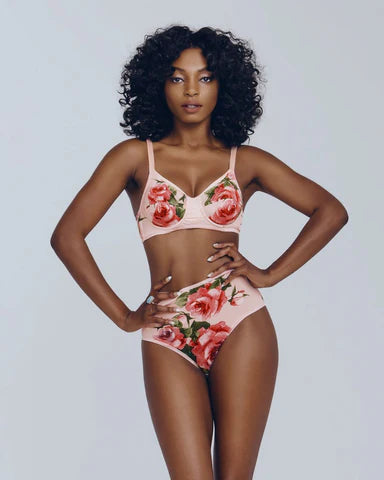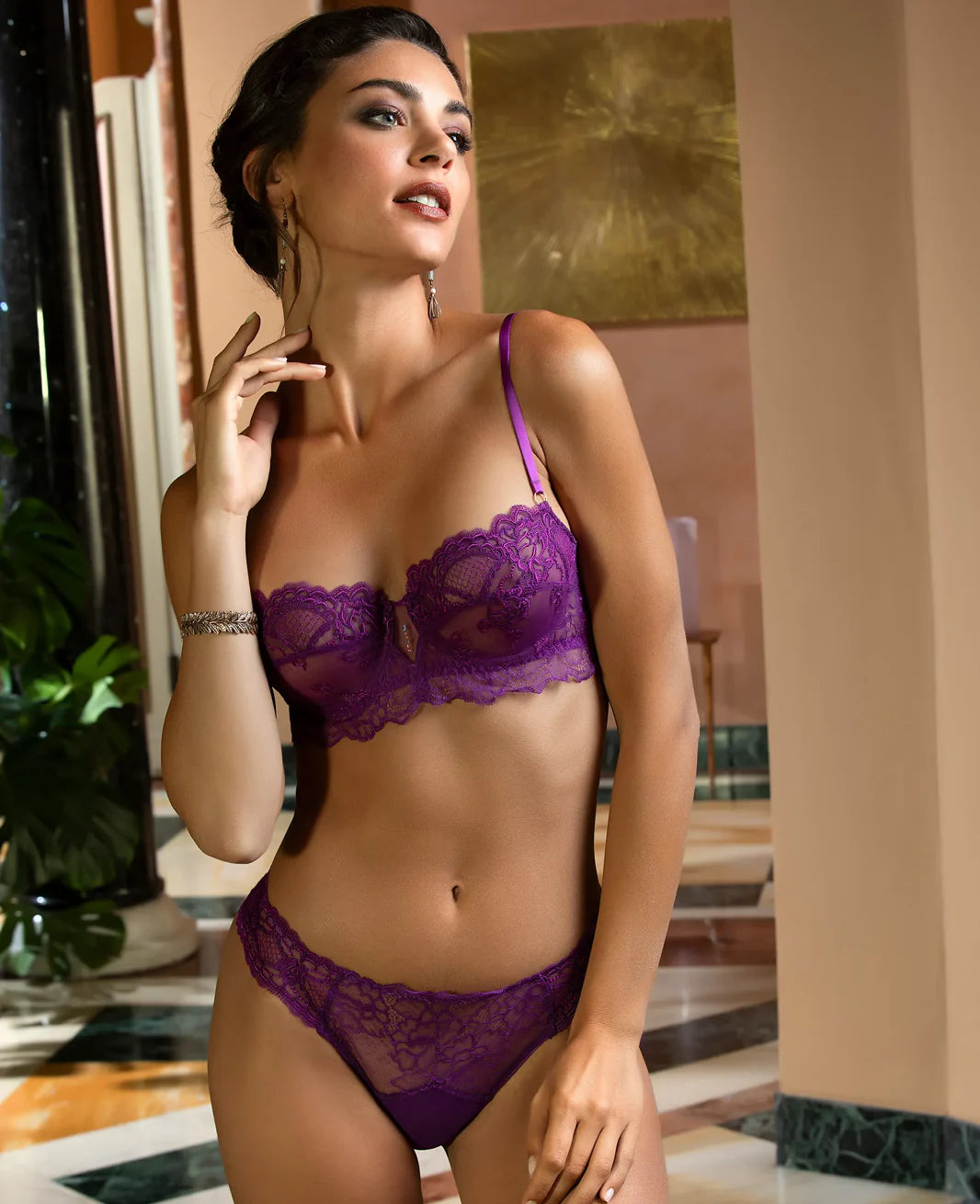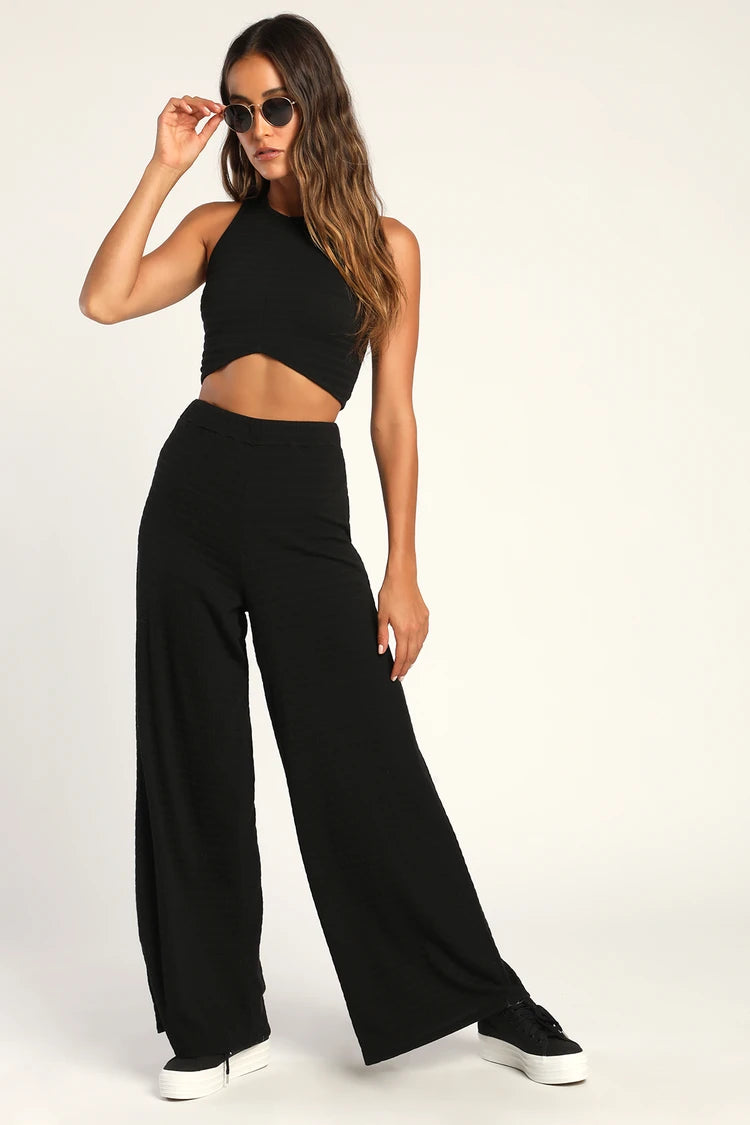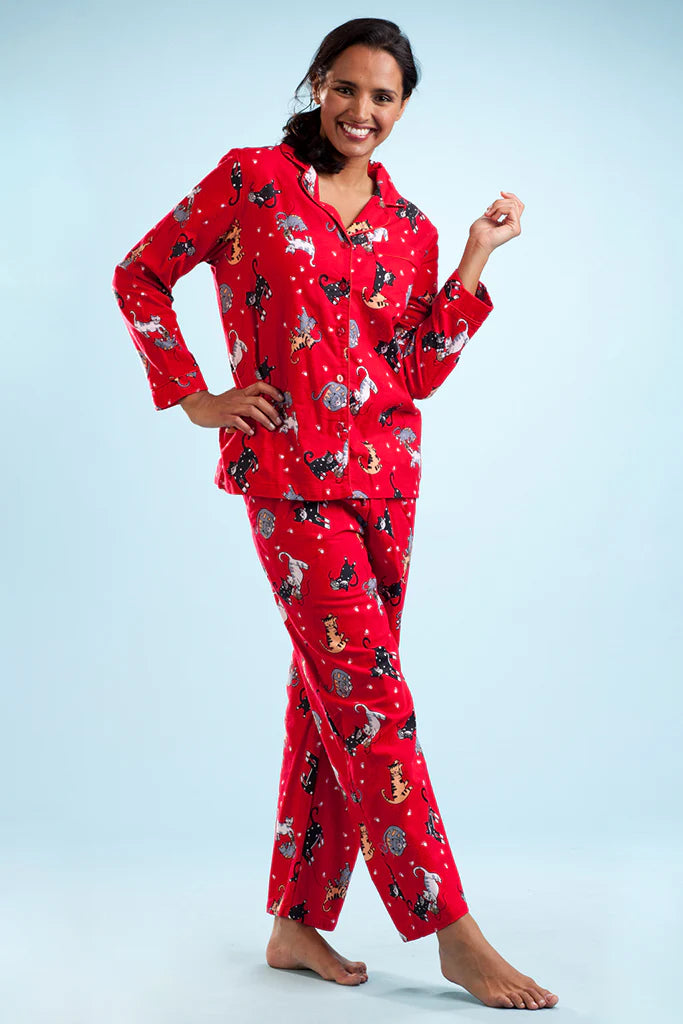The Iconic Bullet Bra: A Pinnacle of Mid-Century Fashion and Function

The Iconic Bullet Bra: A Pinnacle of Mid-Century Fashion and Function. In the world of fashion history, few garments capture the essence of an era quite like the bullet bra. With its pointed, conical silhouette, this undergarment was a symbol of femininity, innovation, and societal transformation during the mid-20th century. From its inception to its modern-day resurgence, the bullet bra remains an enduring icon of both vintage style and bold personal expression.
Origins: Function Meets Futurism
The bullet bra emerged in the late 1940s and gained prominence during the 1950s. It was designed to enhance and project the bust line in a way that complemented the hourglass silhouettes popularized by couture houses like Dior and Balenciaga. The exaggerated, pointed shape not only accentuated the bust but also served as a structural foundation for fitted garments, ensuring smooth lines and dramatic contours.
The design of the bullet bra was largely influenced by advancements in textile engineering and an emphasis on structured undergarments. Spiral stitching, a hallmark of the bullet bra, was both an aesthetic choice and a functional one, providing support without the use of modern-day foam padding or underwires.
Cultural Impact: A Symbol of Empowerment and Sexuality
During the post-war years, the bullet bra became a cultural phenomenon, thanks to Hollywood starlets and pin-up icons like Marilyn Monroe, Jane Russell, and Bettie Page. These women epitomized glamour and confidence, and the bullet bra became an essential part of their wardrobe.
Beyond its aesthetic appeal, the bullet bra also represented the shifting roles of women in society. As women entered the workforce in greater numbers during World War II, the structured undergarment was seen as both practical and empowering. Its bold design encouraged a sense of self-assurance, challenging the modesty-focused ideals of earlier decades.
The Decline and Resurgence
By the 1960s, fashion trends shifted toward a more natural silhouette, and the bullet bra fell out of favor. Soft-cup bras and the "braless look" of the 1970s became synonymous with liberation and modernity. For a time, the bullet bra was relegated to vintage collections and costume departments.
However, the 21st century has seen a revival of interest in retro fashion, with the bullet bra reclaiming its place in both mainstream and alternative wardrobes. Contemporary designers, lingerie brands, and performers in the burlesque and pin-up communities have embraced the dramatic allure of this vintage staple. The bullet bra's return reflects a broader celebration of individuality and body confidence, proving that style is cyclical and timeless.
Styling the Bullet Bra Today
Modern interpretations of the bullet bra cater to both purists and those seeking a contemporary twist. For vintage enthusiasts, authentic reproductions offer a way to recreate the mid-century aesthetic with period-accurate details. For others, updated designs incorporate modern materials and construction techniques, providing the look of a bullet bra with added comfort and versatility.
Pairing a bullet bra with fitted blouses, high-waisted skirts, or vintage-inspired dresses can instantly evoke the glamour of the 1950s. Additionally, layering it under sheer or structured garments allows for creative styling that blends retro and modern influences.
Conclusion
The bullet bra is more than just an undergarment; it is a cultural artifact that tells a story of innovation, empowerment, and enduring style. Whether embraced as a nostalgic nod to the past or reimagined for the present, the bullet bra remains a testament to the transformative power of fashion.
Its resurgence reminds us that boldness never goes out of style—and neither does a well-crafted silhouette.


